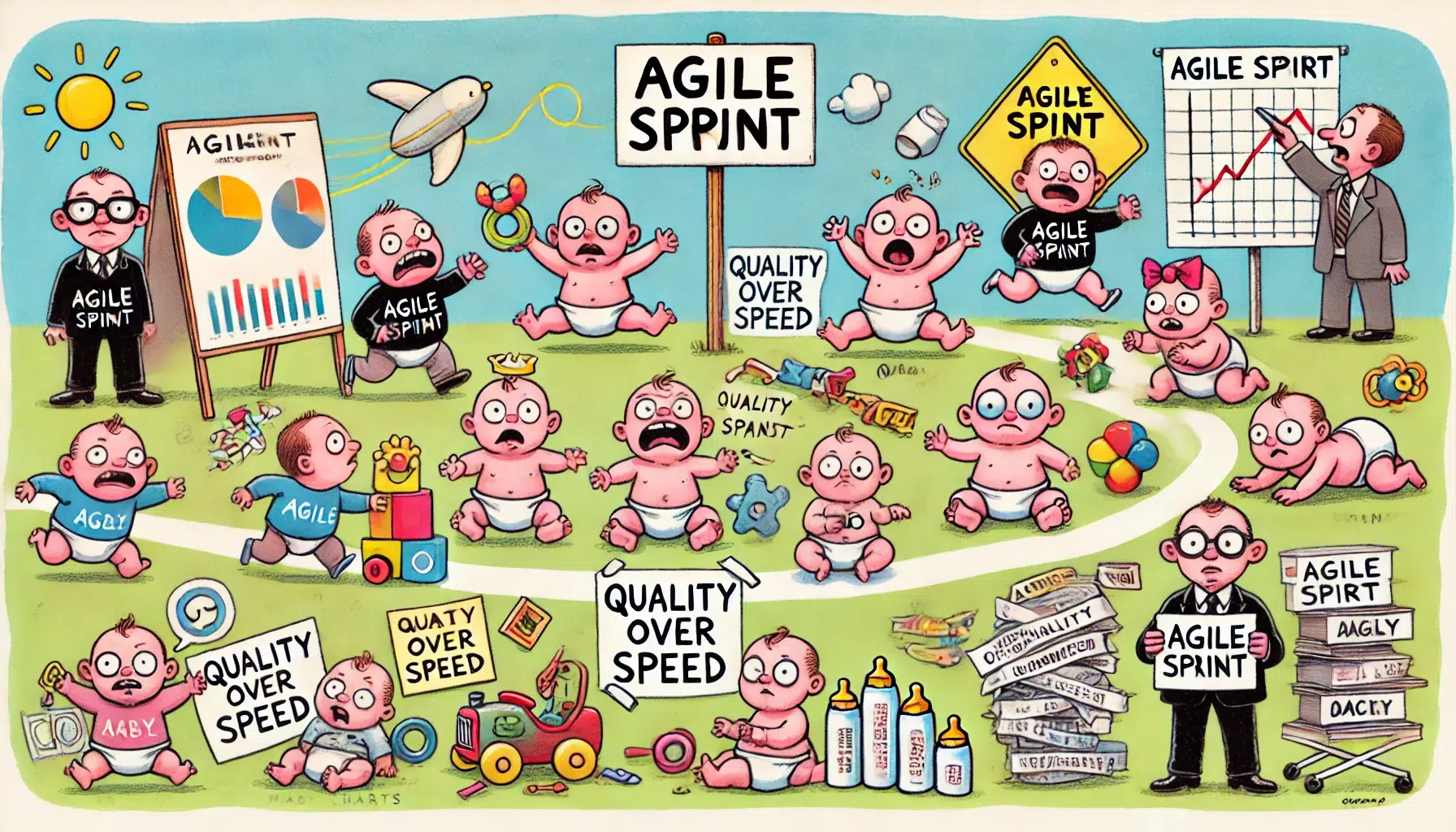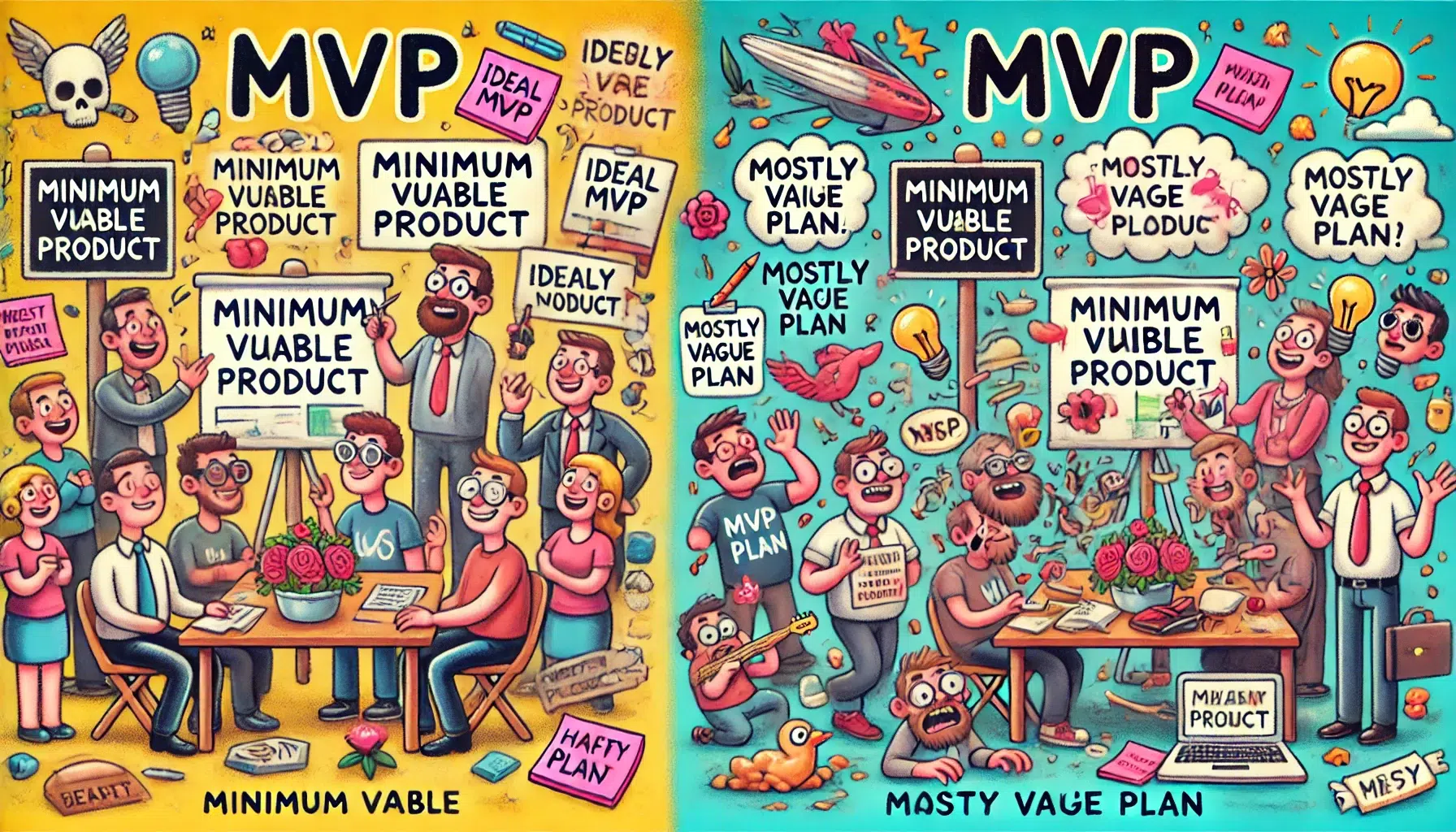
agile: faster isn’t always better
ah, agile methodology—the beloved child of the software development world. promising faster delivery, increased flexibility, and happier teams, agile is often hailed as the magic bullet for all project management woes. but, as with all things too good to be true, there’s a catch. let’s dive into the quirky reality of agile and why, sometimes, faster isn’t always better.
sprinting towards disaster
picture this: your team is in the middle of a two-week sprint. the pressure is on, the clock is ticking, and everyone’s running around like caffeinated hamsters on a wheel. sure, you’re moving fast, but what are you really achieving? speeding through tasks might feel productive, but if you’re not careful, you’re just sprinting towards disaster.
the perils of half-baked features
in the rush to meet sprint deadlines, it’s easy to push out features that are, well, half-baked. you know the type: they look good on the surface but fall apart under scrutiny. these features are like ikea furniture built without the instructions—wobbly, unreliable, and likely to cause a headache or two.
communication overload
agile loves its ceremonies—daily stand-ups, sprint planning, retrospectives. it’s like being in a never-ending meeting loop. while communication is key, too much can turn into noise. instead of clarifying things, you end up with a case of “too many cooks in the kitchen,” where decisions get muddled and progress stalls.
burnout: the silent killer
agile’s emphasis on constant delivery can lead to burnout faster than you can say “kanban.” the relentless pace can take a toll on your team’s morale and health. remember, your team members are human beings, not code-producing robots. pushing them to their limits might yield short-term gains but at the cost of long-term sustainability.
quality vs. quantity
agile often preaches “working software over comprehensive documentation.” while this sounds great, it can lead to a focus on quantity over quality. churning out features rapidly is meaningless if they’re riddled with bugs and inconsistencies. a slower, more deliberate pace allows for thorough testing and better overall quality.
the beauty of the slow burn
now, don’t get me wrong—agile has its merits. the key is finding a balance. embrace the principles of agile but don’t become a slave to speed. sometimes, a slower, more thoughtful approach yields better results. it’s like cooking a fine meal; you can’t rush greatness. let the flavors develop, and you’ll end up with something truly delicious.




